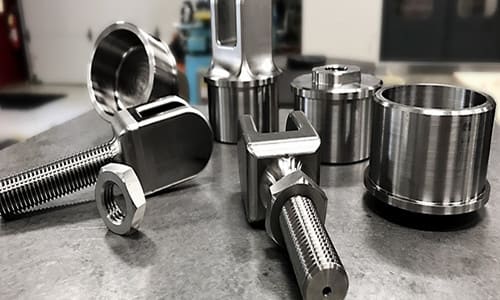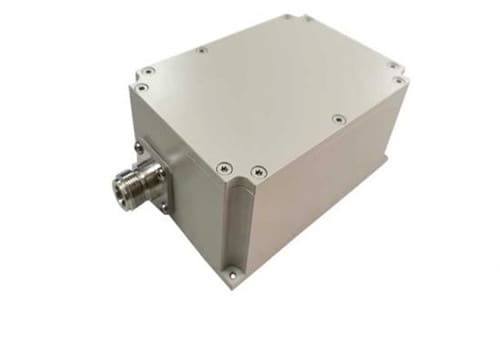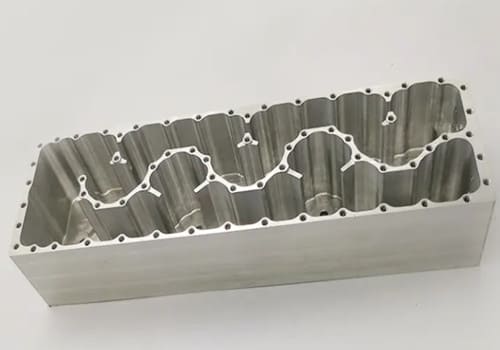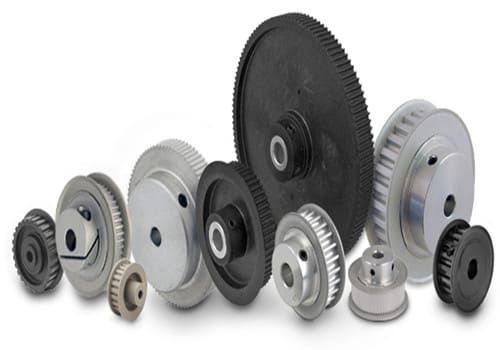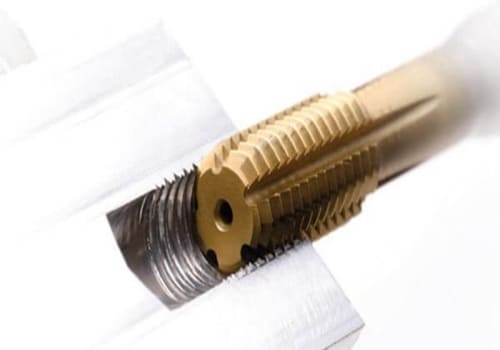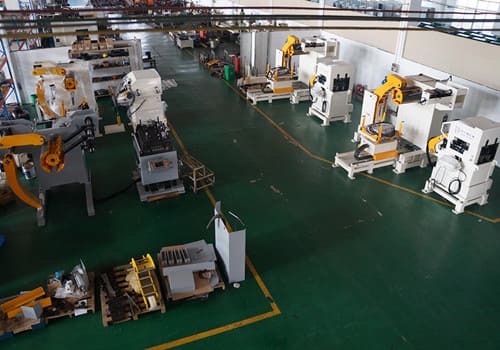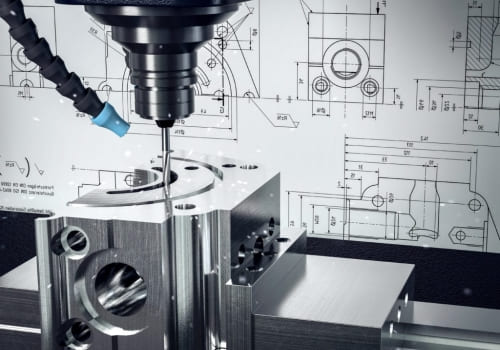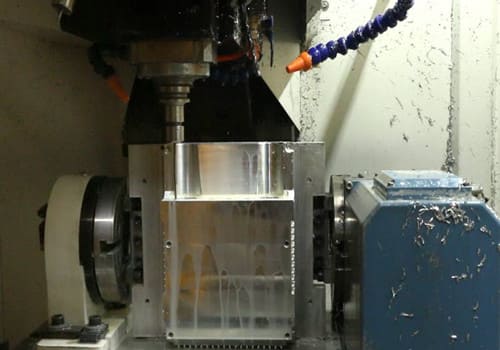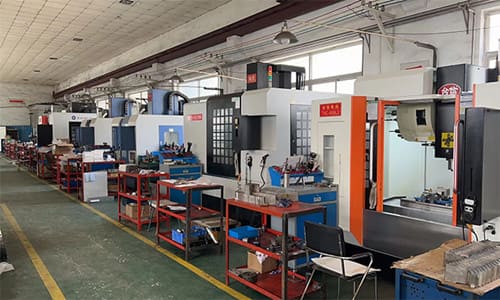At present, machining metal cutting technology has improved a lot, but for special materials that are more difficult to machine, machining cutting efficiency is still low. How to improve cutting efficiency and reduce processing costs is the main problem facing machining manufacturers now.
What Are The More Difficult Machining Materials?
With the vigorous development of aerospace, petroleum, chemical, weaponry and atomic energy industries, various difficult-to-machine materials have also been widely used. Among them, stainless steel, titanium alloys, and hardened steel are the most representative.
1. Stainless steel
The application of stainless steel is very wide, but the stainless steel material has high work hardening. During the cutting process, the processed material will plastically deform. The stainless steel has low thermal conductivity, less heat is taken away by chips during cutting, and the temperature of the cutting point rises, leading to shorter cutter life.
At the same time, the affinity of stainless steel is large, and it is easy to cause chipping edge on the cutting edge and attachments on the flank surface, thereby reducing the accuracy of the processed surface.
2. Titanium alloy
The cutting workability of titanium alloy is as follows: low density, poor thermal conductivity, difficult to spread cutting heat during cutting, resulting in short tool life. Titanium alloy has high affinity. It has high chemical activity and is easy to contact with the metals in contact with it, which leads to increased adhesion, diffusion, and tool wear. Titanium alloys have low elastic modulus and large elastic deformation, which will cause the processed surface and the flank. The contact area of the surface is large and the wear is severe.
3. Hardened steel material
The main features are high hardness and strength, poor plasticity and thermal conductivity. During the cutting process, the contact length between the chip and the rake face is short, so the cutting force and cutting temperature are concentrated near the cutting edge, which easily causes the tool to wear and chip.
How do machining manufacturers deal with difficult machining materials?
In summary, the reason why it is difficult to process is because its relative machinability is too poor, such as: high hardness and high strength, high plasticity and high toughness, low thermal conductivity, low plasticity, high brittleness, and excessively active chemical properties, cause such as high cutting force, high cutting temperature, difficult chip control, severe work hardening, and low tool durability etc problems.
A. Heat cutting method
Heating cutting method is conductive heating cutting, that is, applying a low voltage (about 5 V) and a large current (about 500 A) to the circuit of the workpiece and the tool (the workpiece must be a conductive body), so that the cutting area generates heat. The other is plasma heating cutting, which uses plasma arc to heat the workpiece material close to the tool tip to reduce its hardness and strength, thereby improving cutting conditions.
B. Cryogenic cutting
The low temperature cutting method uses liquid nitrogen (-180 ℃) or liquid CO2 (-76 ℃) as the cutting fluid, which can reduce the temperature in the cutting zone. According to tests, the main cutting force can be reduced by 20%, the cutting temperature can be reduced by more than 300 ℃, and the built-up edge disappears, and improving the quality of the processed surface.
CNC machining service is the core business of DO Machining, from protptyes to bulk production, our professional 3/4/5 aixs CNC machining centers, CNC turning equipments, CNC turning-milling equipments, CNC grinding machines etc., are operated by well trained manufacturing engineers to meet the demands from global 1000+ customers in 30+ industries.
CNC Machining can be done starting with blanks produced from standard bar stock or one of DO Machining other manufacturing processes.
Contact us to see how we can provide overall value to your CNC machining needs.

